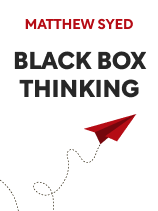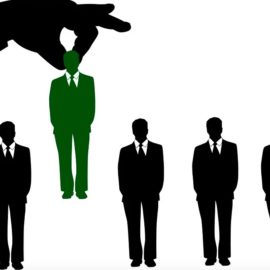

This article is an excerpt from the Shortform book guide to "Black Box Thinking" by Matthew Syed. Shortform has the world's best summaries and analyses of books you should be reading.
Like this article? Sign up for a free trial here .
What are the two types of mistakes? How do they drive improvement for you personally and for an organization?
These types of mistakes are inadvertent mistakes and intentional mistakes. Understanding the differences and why you make these mistakes helps you to learn and grow from them.
Keep reading to explore these different types of mistakes.
Two Types of Mistakes
Syed defines two types of mistakes and distinguishes how each type of institution employs or responds to these mistakes.
Type #1: Inadvertent Mistakes
These types of mistakes occur when you’re aware of the correct answer but, through some accident or misstep, still make the error. For example, a football quarterback can mistime his pass and get sacked, even though he knows to avoid that.
Syed explains that inadvertent mistakes help us find and improve the flaws in existing systems. Consider how an inexperienced manager can inadvertently help develop a better team because his mistakes expose opportunities to improve.
(Shortform note: While these “human errors” are often understandable, it’s possible to reduce them and improve your operations. Often, we make more mistakes when we’re under a lot of stress or have to focus for long periods of time. After a while, our performance slips because it’s too hard to keep up an optimal effort. To overcome this, work in a rhythm of focused periods and rest periods. Josh Waitzkin recommends in The Art of Learning that you learn to fully relax, explaining that it rejuvenates you for your next effort.)
Type #2: Intentional Mistakes
These types of mistakes happen as part of an effort to develop solutions—if you don’t know the answer to a problem, Syed says, trial and error is a great way to find it. For example, car manufacturers have developed more efficient engines by iterating through their less efficient predecessors.
Intentional mistakes help us innovate creative solutions to tough problems. You’ll want to make these mistakes when you’re iterating a product idea, developing a theory, or navigating through thorny behavioral changes.

———End of Preview———
Like what you just read? Read the rest of the world's best book summary and analysis of Matthew Syed's "Black Box Thinking" at Shortform .
Here's what you'll find in our full Black Box Thinking summary :
- How an organization’s culture and systems either promote or prevent learning
- The steps for learning from failure in our complex world
- How to shift mindsets around failure to promote a learning-oriented institution






